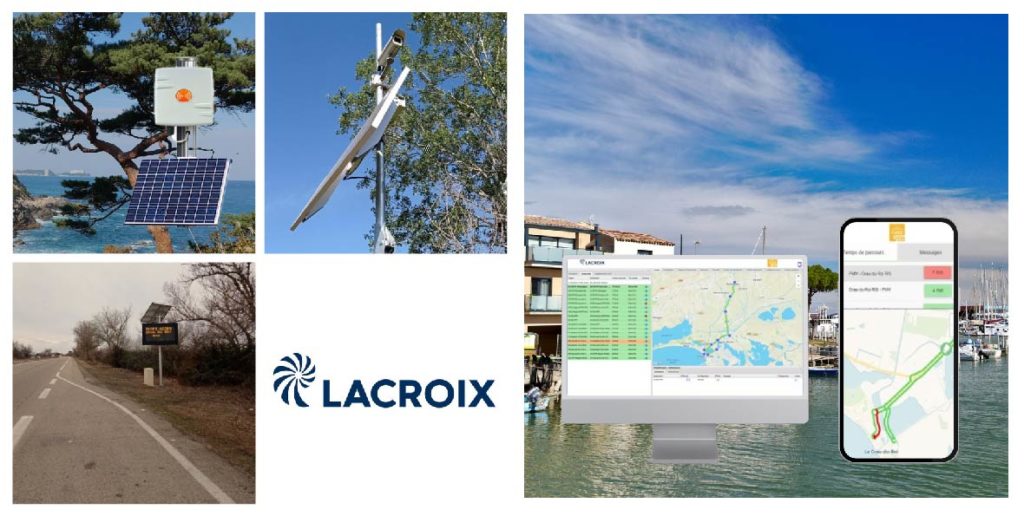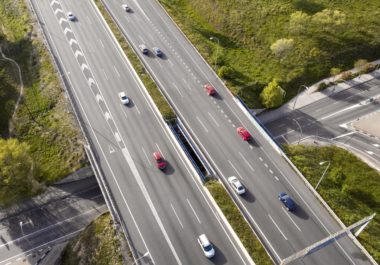13 February 2024
LACROIX City
Located in the Gard department in the Occitanie region in France, Le Grau-du-Roi is an urban and coastal town of 8,438 inhabitants (2021 figure), covering an area of 55 km². Its population rises sharply in the summer months, with over 120,000 visitors at the height of the tourist season.
This high volume of traffic at specific times of the year means a lot of slowdowns for residents and visitors alike.
Challenges
Facilitating road traffic to and from Le Grau-du-Roi during the tourist season is a major challenge for the county council, which wishes to deploy a real-time traffic information system to address 3 major issues:
- Provide decision support to facilitate access to the Grau-du-Roi site without human intervention
- Communicate journey times to users, to help them optimize their trips
- Enhance the attractiveness of the area
An approach with key objectives
CONVENIENCE, EFFICIENCY AND SUSTAINABILITY
In the Gard region, access to the seaside resort of Le Grau du Roi is mainly through the D979 from Aimargues to Aigues-Mortes, and then through the D62.
The solution to these problems must be adapted to the unique configuration of the area, and meet specific objectives:
- Broadcast messages and advice to direct traffic flows
- Broadcast information messages according to traffic conditions: accidents, traffic restrictions, etc…
- Calculate real-time journey times to and from Le Grau-du-Roi
- Inform users in real time via gard.fr and the mobile site trafic-grauduroi.gard.fr
- Control installation and operating costs
- A sustainable solution
The chosen solution
To offer to the Le Grau-du-Roi an autonomous, communicating and modular solution, LACROIX-City structured its offer in 3 parts. The solution was implemented for the 2023 summer season.
Capture of traffic conditions
- Installation of several BlueVia Bluetooth sensors, installed at the roadside to measure travel times.
- Installation of EcoCAM the autonomous, intelligent and connected camera, which broadcasts videos in real time to the departement teams. These videos are also accessible from the inforoute website.
Data analysis and control via a data management platform
- The data collected is centralized via the Webvia platform, which calculates journey times and provides remote supervision of all equipment. It also enables messages on Variable Message Signs (VMS) to be managed remotely.
User information via variable message signs and a mobile application
Users are informed very quickly of traffic conditions via several media :
- On an energy-independent VMS (Variable Message Sign) located after the Flamingo Rose roundabout in Aigues-Mortes.
- On the gard.fr or trafic-grauduroi.gard.fr websites, where users can view traffic conditions and consult journey times for different routes.

Benefits already being felt
- Real-time knowledge of traffic conditions, enabling the department to react quickly
- Improved responsiveness of departmental teams in the event of an incident
- Creation of a database of travel times for use in future road network development studies
- Reduced implementation costs and low running costs thanks to solar-powered equipment
- Sustainable solution thanks to renewable energy consumption
What’s next?
The system can be extended by adding further Bluevia beacons to the Boucanet beach on the right bank, and to the Espiguette lighthouse on the left bank.








